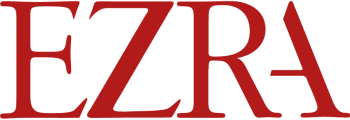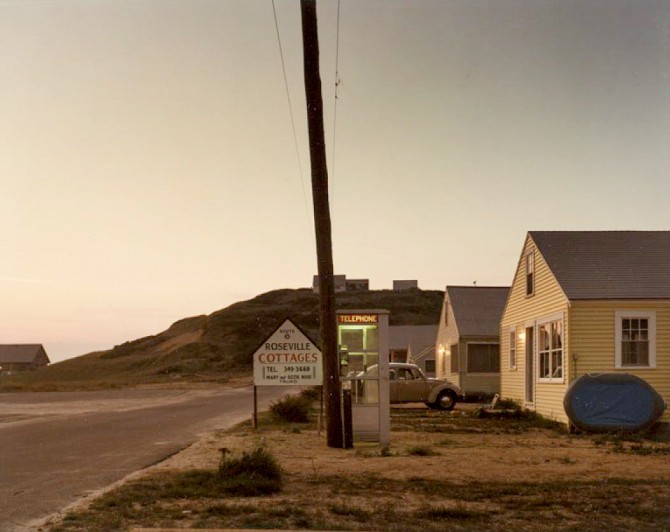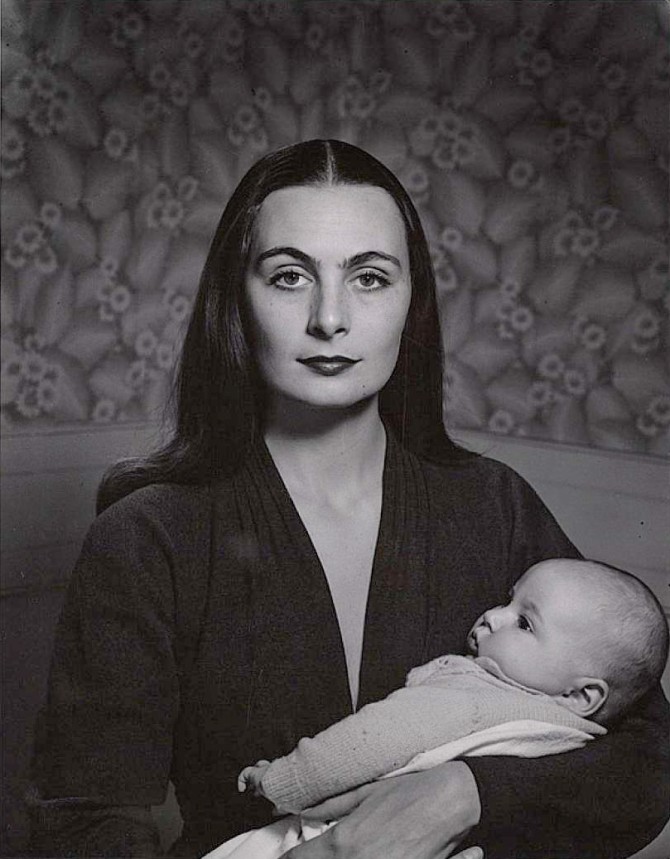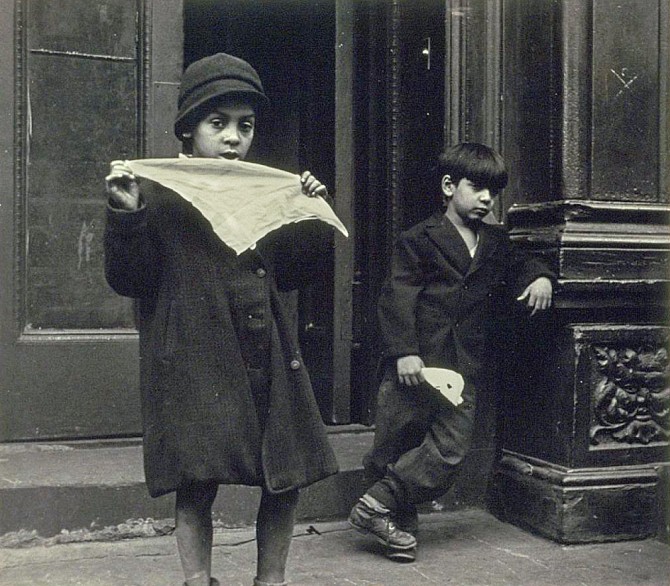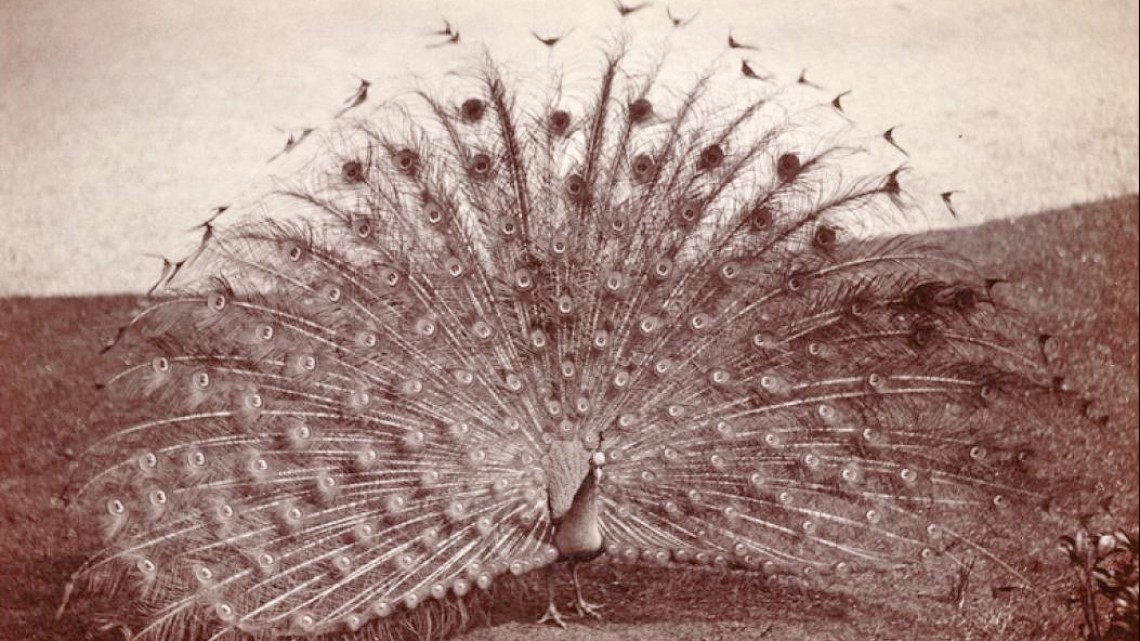
“Peacock,” albumen print by Charles Reid, 1890, a gift by Robert Hershkowitz.
Collected photographs are objects for teaching
By
At the Herbert F. Johnson Museum of Art, photographs are more than just images; they are objects for teaching. New efforts are under way to help students, scholars and the public learn more of what they have to teach us.
“We learn from the object,” says Kate Addleman-Frankel, the first Gary and Ellen Davis Curator of Photography. “From the 1840s up until a decade or so ago, most people were viewing these objects by holding them in their hands. It is a pretty recent phenomenon that most photographs are immaterial – that they exist on our devices – and it’s important to remember that.
“We digitize, as a matter of course, everything that comes into the museum. But you will miss information if you don’t see the actual thing.”
The museum collection contains almost 10,000 photographs. The number of photos in Cornell University Library’s Rare and Manuscript Collections (RMC) is estimated at closer to 1 million, and there are other holdings across the university. Addleman-Frankel’s role – a joint appointment with the library and museum – is to connect photographic assets more deeply to teaching and research.
In partnership with RMC and with support from the Mellon Foundation, she is leading an effort to create five thematic teaching sets of photographic assets by assembling teams of faculty across disciplines. For example, the team developing the teaching set on landscape and the environment includes faculty from architecture, history, plant sciences and planning, who will evaluate photographs for inclusion, integrating them into their teaching and encouraging other faculty to do the same.
According to Addleman-Frankel: “Photographs have been on campus for teaching purposes since the founding of the university. A.D. White recognized the importance of visual materials for teaching, just like he did textual materials, and he collected photographs – including 13,000 architectural photographs that helped prompt the creation of the architecture school.”
She also is discovering Cornell’s place in the history of photography as art, science and pastime. Frederic Ives, a significant contributor to the development of photographic techniques including the halftone process, ran a photographic lab at Cornell in the late 1870s; also, Cornell had the first photography club among the Ivy League schools and one of the first among universities in the United States.
The public is benefiting from the work Addleman-Frankel is doing to bring photographs and people together. “Object Lessons: Photography at Cornell 1869-2018,” an exhibit that opened in September, explores major themes and techniques in photography using the museum collection and selected objects from other Cornell collections. Its aim: to promote how these photographs “can be fruitfully used as part of research in various disciplines.”
Media Contact
Get Cornell news delivered right to your inbox.
Subscribe